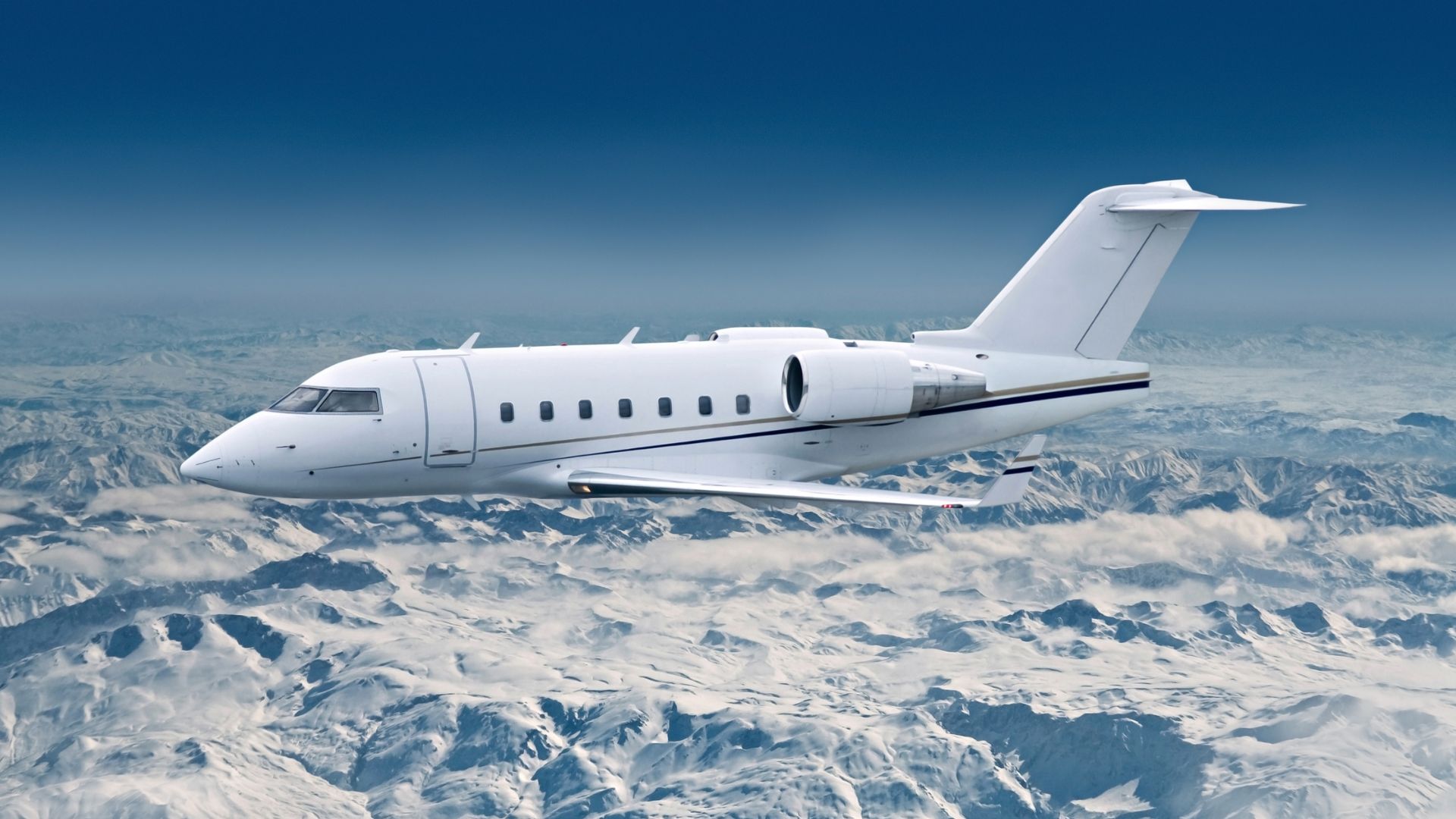Knowing different altitudes in the dynamic world of aviation is essential to flight operations efficiency and safety. Pressure altitude is one of the most important ideas, but it’s frequently misinterpreted or disregarded. An in-depth discussion of pressure altitude’s definition, importance, and distinctions from other altitude measurements are provided in this article. We will explore its vital function in aviation, specifically in navigation, flight planning, and aircraft performance.
1. What Is Pressure Altitude?
Pressure altitude refers to the height above a standard datum plane (SDP), which is essentially a notional level where the weight of the atmosphere is 29.92 inches of mercury (inHg) or 1013.25 millibars (hPa). This standardized measurement is used primarily in aviation and meteorology to ensure a consistent reference for aircraft altitude and flight levels.
2. The Importance of Pressure Altitude in Aviation
In aviation, knowing the pressure altitude is crucial for several reasons:
Aircraft Performance: Performance parameters, such as takeoff and landing distances, climb rates, and fuel consumption, are often determined based on pressure altitude.
Altitude Reporting: Transponders relay pressure altitude information to air traffic control for the purpose of traffic separation and maintaining a safe vertical distance between aircraft.
Flight Planning: Pilots need to know the pressure altitude to calculate their true altitude, to ensure they are flying at the correct flight levels, especially when flying above the transition altitude.
Traffic Separation: Pressure altitude allows air traffic controllers to separate aircraft effectively by assigning different flight levels that are based on the standard pressure setting, regardless of the actual atmospheric pressure.
Pressure Pattern Flying: In this technique, pilots maintain a constant pressure altitude rather than a geometric or true altitude, thus compensating for non-standard temperature and pressure changes during a flight.
3. How to Measure Pressure Altitude

Photo credit: instagram.com
Pressure altitude is measured by setting the aircraft’s altimeter to the standard pressure setting of 29.92 inHg (1013.25 hPa). When the altimeter is set to this figure, it disregards the actual sea level pressure and instead measures altitude at standard pressure conditions. This is crucial because sea level pressure can change due to weather conditions and wouldn’t provide a uniform standard for altitude measurement.
4. Relationship Between Pressure Altitude and Density Altitude
Density altitude is another important concept related to pressure altitude. It is the altitude relative to the standard atmosphere conditions (ISA) at which the air density would be equal to the current air density. It’s calculated by correcting the pressure altitude for non-standard temperature. Since aircraft performance is also affected by air density, density altitude provides critical information, particularly on hot days or at high altitudes where thinner air can significantly impact performance.
5. Use in Weather Reports
In meteorology, pressure altitude readings can be used in weather reports, especially when discussing the heights of cloud layers, temperature inversion levels, or the levels at which particular weather phenomena occur. Meteorologists also use standard pressure levels to compare weather measurements globally.
6. The Transition Altitude and Transition Level

Photo credit: instagram.com
Transition Altitude: Below this altitude, aircraft altimeters are set to the current local altimeter setting (actual sea level pressure) to measure the true altitude above mean sea level.
Transition Level: Above this level, altimeters are set to the standard pressure setting to report pressure altitude.
The specific transition altitude varies by country and region but typically lies between 3,000 and 18,000 feet.
Understanding pressure altitude is essential for safe and efficient aircraft operation. It provides a common platform from which pilots can operate, ensuring they have accurate altitude information for navigation, complying with air traffic control instructions, and maintaining safe vertical separation from other aircraft. By standardizing the variable conditions of the atmosphere, pressure altitude serves as a crucial metric for aviators and meteorologists alike.

